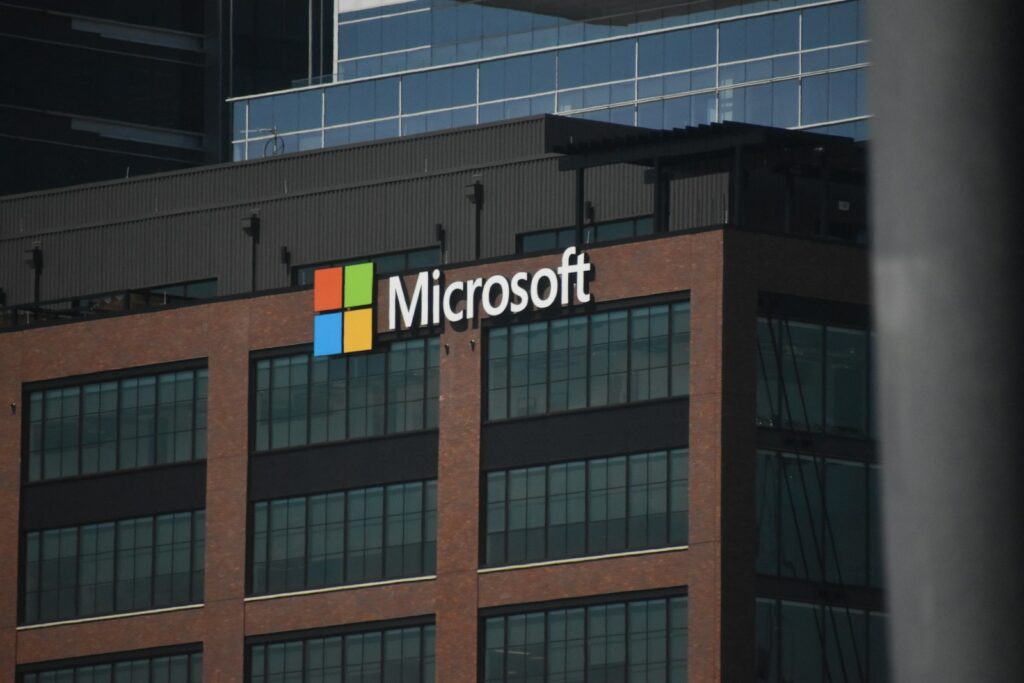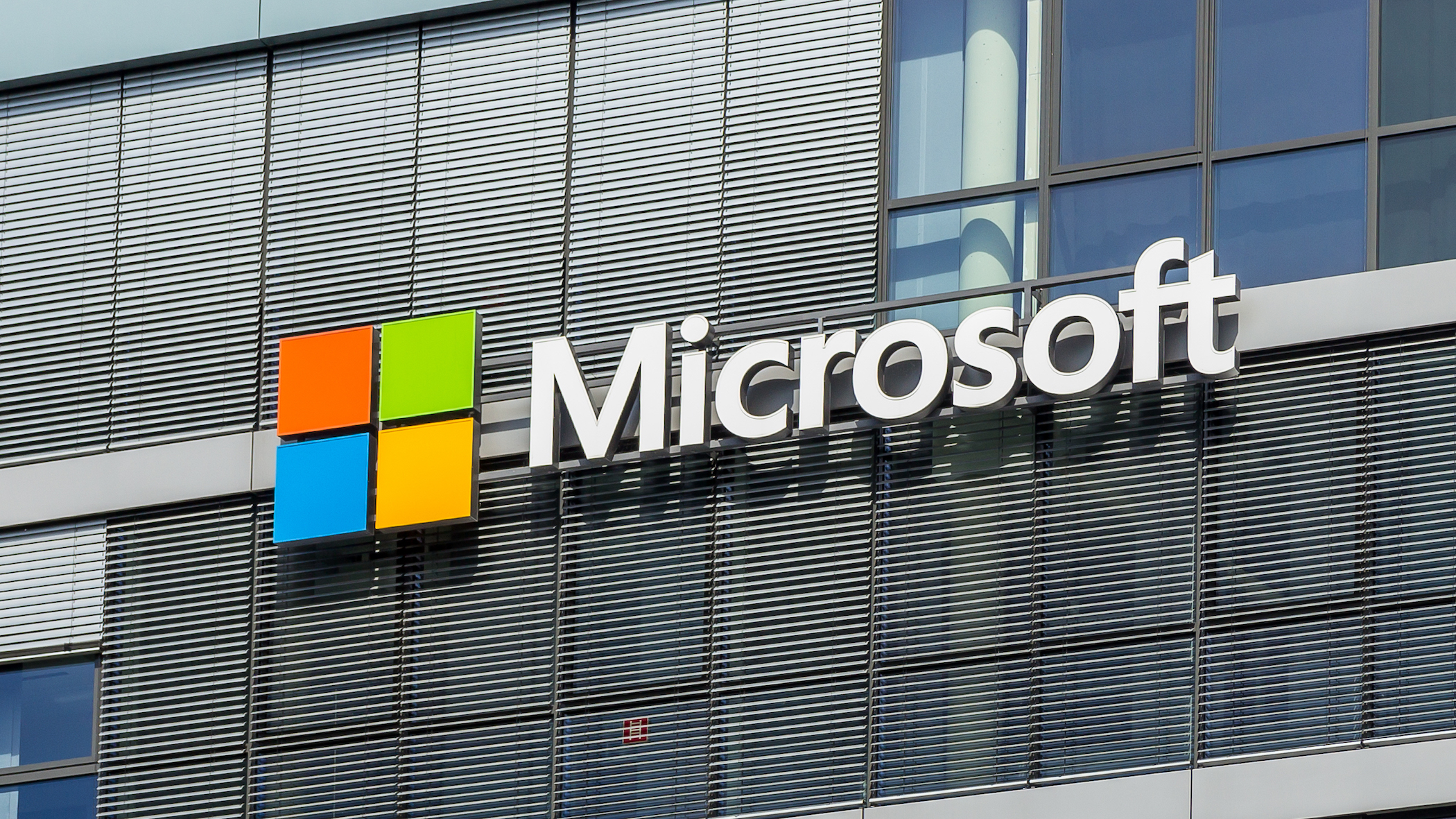
Microsoft Corporation stands as a colossal figure in modern technology, an American multinational entity headquartered in Redmond, Washington. Since its genesis in 1975, the company has profoundly shaped the digital revolution, transitioning from a nascent software developer to a diversified technology conglomerate whose influence spans personal computing, internet services, cloud computing, and video gaming. Its journey reflects visionary leadership, relentless innovation, and strategic adaptation, solidifying its position among the most valuable public companies and brands globally, a true pillar of “Big Tech.”
The narrative of Microsoft is one of dramatic growth, market dominance, and periodic reinvention, woven through decades of technological paradigm shifts. Groundbreaking product launches have embedded themselves into the fabric of daily life and work. From foundational operating systems to sophisticated cloud platforms and immersive gaming experiences, Microsoft’s evolution offers a comprehensive case study in industrial leadership, navigating a rapidly evolving digital landscape.
This in-depth examination delves into the formative periods of Microsoft’s history, exploring the pivotal moments, strategic decisions, and challenges that defined its initial ascent. We will trace its origins, the development of its cornerstone products, significant financial milestones, and the early legal battles that tested its resolve, providing a detailed understanding of the forces that forged this technological behemoth.
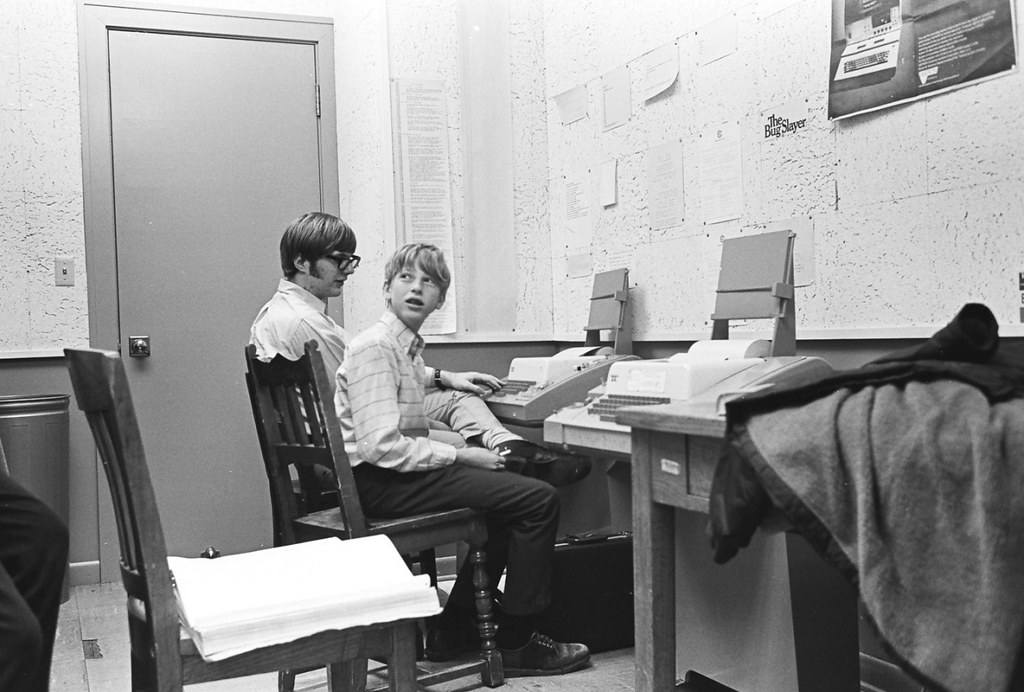
1. **Founding and Early Vision**: Childhood friends Bill Gates and Paul Allen, passionate programmers, launched Traf-O-Data in 1972, selling a rudimentary computer to track traffic data. This foreshadowed their future.
A pivotal moment came with the January 1975 Popular Electronics, featuring MITS’s Altair 8800 microcomputer. Inspired, Allen proposed they program a BASIC interpreter. Gates swiftly contacted MITS, falsely claiming a working interpreter, leading to a demonstration. Allen built an Altair simulator while Gates developed the interpreter, which performed flawlessly for MITS in March 1975.
MITS agreed to distribute their creation as Altair BASIC. Microsoft was established on April 4, 1975, with Gates as CEO. Allen suggested “Micro-Soft.” By August 1977, an agreement with ASCII Magazine in Japan led to its first international office. The company moved headquarters to Bellevue, Washington, in January 1979.
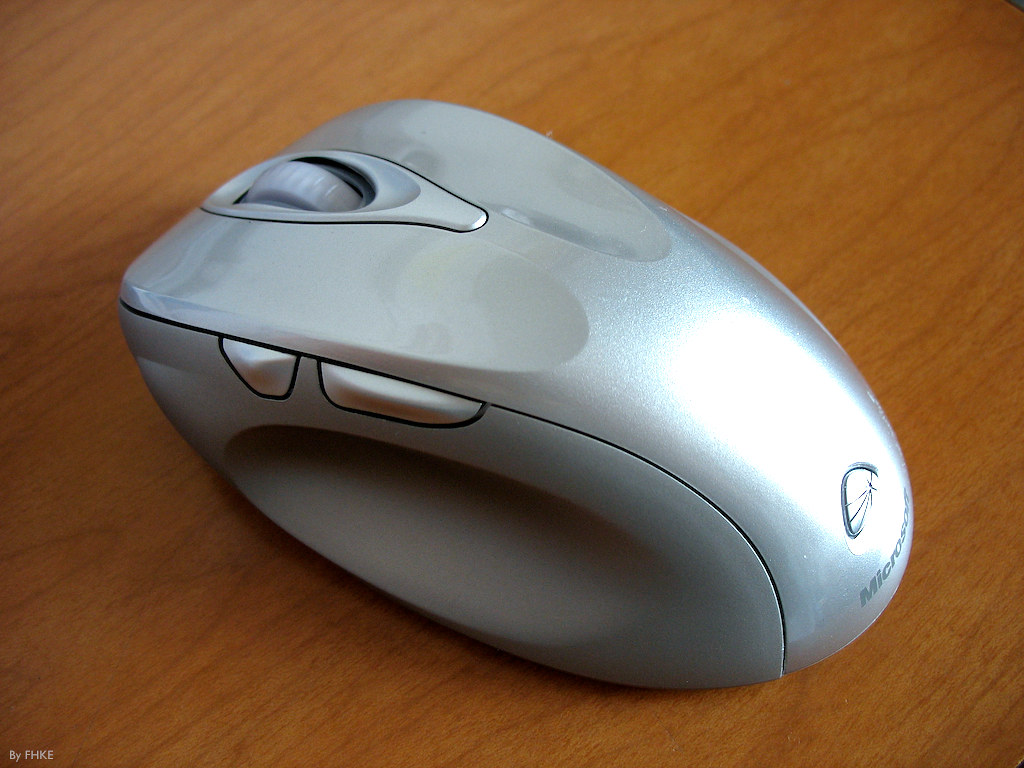
2. **Dominance in Operating Systems: MS-DOS and Early Windows**: Microsoft entered the operating system (OS) business in 1980 with Xenix, its Unix version. However, a crucial IBM contract in November 1980 for a CP/M OS version for the IBM Personal Computer truly propelled its dominance, offering an unparalleled platform.
To fulfill the IBM contract, Microsoft purchased 86-DOS, a CP/M clone, from Seattle Computer Products. Rebranded MS-DOS, IBM also used it as IBM PC DOS. Microsoft retained full MS-DOS ownership after the IBM PC’s August 1981 release. IBM copyrighted its PC BIOS, but OS restrictions were absent, allowing Microsoft to become the leading PC OS vendor.
Beyond core software, Microsoft diversified, releasing the Microsoft Mouse in 1983, its first significant hardware foray. It also established Microsoft Press. Paul Allen resigned in 1983 due to Hodgkin’s lymphoma, later recounting a dispute with Gates over share dilution. Allen pursued diverse investments.
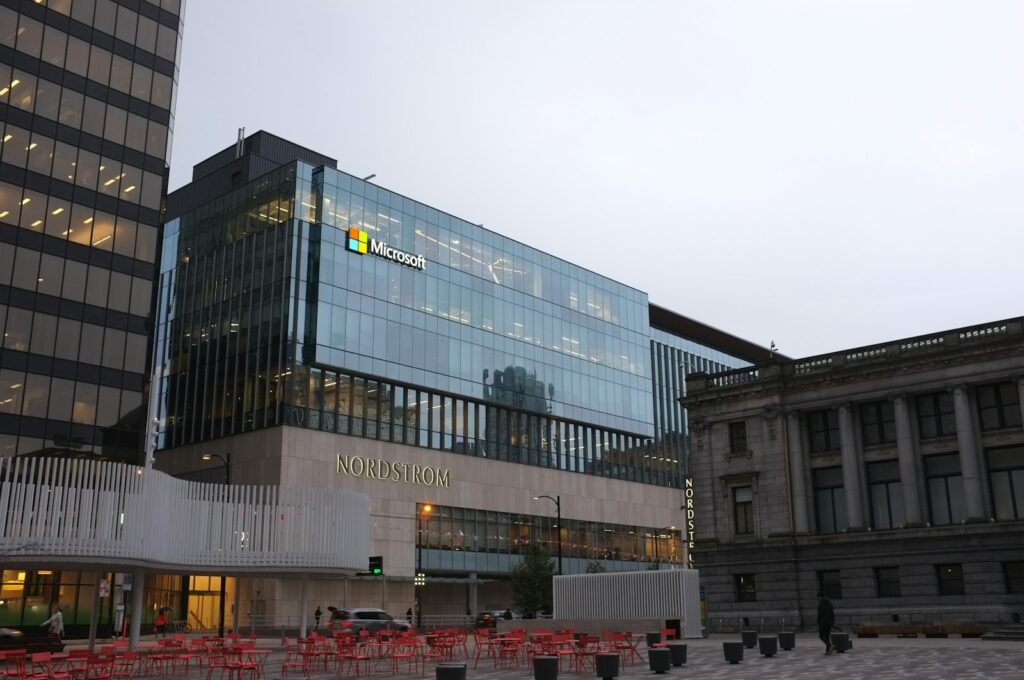
3. **The Groundbreaking IPO and Wealth Creation**: Microsoft’s foundational years culminated in its Initial Public Offering (IPO). On February 26, 1986, Microsoft relocated its headquarters from Bellevue to the larger Redmond, Washington, campus, symbolizing escalating growth. This new base became synonymous with the tech giant.
On March 13, 1986, Microsoft officially went public on the NASDAQ exchange. The IPO was a profound economic event, generating immense wealth for early investors and employees. The subsequent surge in stock price created an estimated four billionaires and approximately 12,000 millionaires among Microsoft employees.
This unprecedented wealth distribution underscored the transformative potential of the technology industry and Microsoft’s central role. The financial success provided substantial capital for future research, development, and strategic acquisitions, solidifying its standing as a formidable force on the global economic stage, transitioning from a private company to a publicly traded titan.
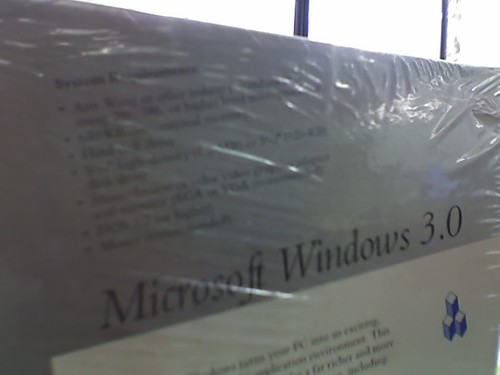
4. **Evolution of Windows and the Rise of Microsoft Office**: Pursuing advanced graphical interfaces, Microsoft released Windows 1.0 on November 20, 1985, as a graphical extension for MS-DOS, providing a more intuitive user experience. Concurrently, the company had been jointly developing OS/2 with IBM, exploring multiple OS avenues.
Windows 3.0, launched May 22, 1990, marked a significant leap. It featured streamlined user interface graphics and improved protected mode capability for the Intel 386 processor, enhancing performance and multitasking. Its success drove widespread adoption, establishing its graphical environment as a PC standard and broadening Microsoft’s market penetration.
In 1990, Microsoft also introduced the Office suite, bundling applications like Word and Excel. This integration quickly made Office indispensable. Both Windows and Office rapidly achieved market dominance. Further, Windows NT, shipped July 21, 1993, introduced a modular kernel and 32-bit Win32 API. This led to the deterioration of the OS/2 partnership with IBM, as Microsoft prioritized its independent trajectory.
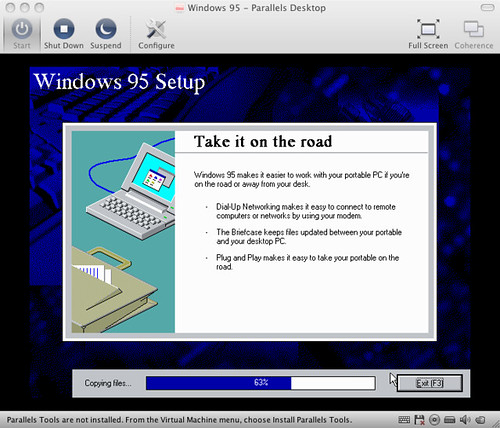
5. **Foray into the Web and Internet Explorer’s Impact**: The mid-1990s brought explosive World Wide Web growth, recognized by Bill Gates in his “Internet Tidal Wave memo” on May 26, 1995. Microsoft redefined its offerings, expanding into computer networking and the web. Its swift response allowed early integration, unlike slower-adapting competitors.
On August 24, 1995, Windows 95 launched, a monumental success featuring pre-emptive multitasking, a new user interface with a novel start button, and 32-bit compatibility. This represented a significant leap in desktop computing, offering enhanced stability. Its high-profile marketing campaign, described by The New York Times, contributed to its rapid success.
Windows 95 bundled MSN, initially an internet competitor, and (for OEMs) Internet Explorer. Though not in initial retail boxes, it was in the Plus! pack. This strategic bundling gave Internet Explorer significant market advantage. Further, in 1996, Microsoft co-created MSNBC and introduced Windows CE 1.0 for devices like personal digital assistants.

6. **Antitrust Scrutiny and Legal Challenges**: Microsoft’s rapid ascent faced significant governmental challenges over monopolistic practices. In 1990, the Federal Trade Commission examined Microsoft for potential collusion with IBM, initiating over a decade of legal battles.
On July 27, 1994, the Department of Justice’s Antitrust Division alleged “anti-competitive per processor licenses” from 1988-1994. These required OEMs to pay royalties regardless of Microsoft OS installation, effectively acting “as a penalty, or tax, on the OEM’s use of a competing PC operating system.” In October 1997, Justice moved to stop Internet Explorer bundling with Windows, asserting a 1994 agreement violation.
The United States v. Microsoft Corp. judgment on April 3, 2000, labeled the company an “abusive monopoly,” leading to a 2004 settlement. Internationally, the European Union’s March 2004 antitrust action for abusing Windows OS dominance resulted in a €497 million ($613 million) judgment, mandating Windows XP versions without Media Player. Further EU fines of €899 million ($1.4 billion) in February 2008 for non-compliance, citing unreasonable server information prices. Microsoft asserted these were “past issues that have been resolved.”
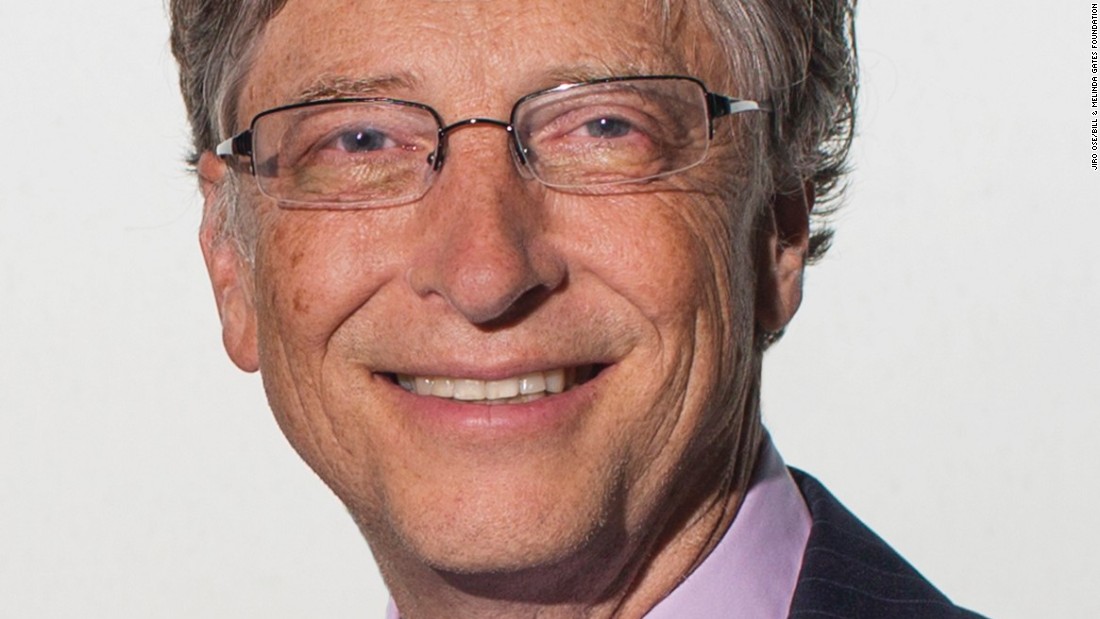
7. **Bill Gates’ Transition and Steve Ballmer’s Era**: A significant leadership transition occurred January 13, 2000: Bill Gates stepped down as CEO, passing the role to Steve Ballmer. Gates, however, remained deeply involved as Chief Software Architect, focusing on technological vision.
Ballmer’s CEO tenure saw Microsoft navigate intense change and diversification. He oversaw a strategic hardware push, culminating in the 2012 Surface launch, its first in-house PC line. Ballmer also orchestrated the 2011 Skype Technologies acquisition, bolstering internet communications, and formed Microsoft Mobile through Nokia’s acquisition.
Under Ballmer, core OS offerings evolved: Windows Vista (2007) focused on features and security with the Aero UI. Windows 7 (2009) refined Vista. Ballmer emphasized delegation and pursuing new technologies despite initial failures. Microsoft struggled in the smartphone market against Apple and Android, leading to the revamped Windows Phone OS (2010) with its minimalist “Metro” design. Ballmer stepped down February 4, 2014, for Satya Nadella.
The preceding sections meticulously charted Microsoft’s foundational years, its rapid ascent in the software domain, and the early challenges that defined its trajectory. With Steve Ballmer assuming the CEO role in 2000 and Bill Gates transitioning to Chief Software Architect, Microsoft entered a new phase, characterized by strategic diversification beyond its core software offerings and an intensified pursuit of new technological frontiers. This era, and particularly the subsequent leadership of Satya Nadella, would see the company redefine itself, embracing hardware, cloud computing, advanced gaming, and artificial intelligence, profoundly impacting global technology.

8. **Diversification into Hardware: The Xbox and Beyond**: Under Steve Ballmer’s leadership, Microsoft made a decisive push into the hardware market, moving beyond its long-standing focus on software. A pivotal moment was the launch of the Xbox in 2001, marking the company’s entry into the competitive video game console arena, previously dominated by Sony and Nintendo. This bold move signaled Microsoft’s intent to become a comprehensive technology provider, controlling both software and the platforms on which it ran.
The hardware expansion continued with the release of the Xbox 360 in November 2005, enhancing its presence in the gaming sector. Beyond consoles, Microsoft also ventured into digital media players with the Zune series in 2006, succeeding its Portable Media Center software platform. By 2007, the company had established itself in the PC accessories market, selling best-selling wired keyboards, mice, and desktop webcams, demonstrating a broader commitment to physical products.
A significant development in Microsoft’s hardware strategy was the unveiling of the Surface “digital table” in 2007, later rebranded PixelSense. This innovative product showcased Microsoft’s ambition in interactive display technology. The culmination of this hardware focus under Ballmer was the launch of the Surface in 2012, its first in-house PC line, designed to compete directly with traditional computer manufacturers and signaling a new chapter in its device strategy. Further advancements included the upgraded Kinect motion-sensing device for the Xbox One in 2013, capable of discerning fine movements and even heart rates, and a patent application suggesting its use for monitoring television viewer behavior. The Surface line would continue to evolve, with products like the Surface Pro 3 becoming central to its device portfolio.
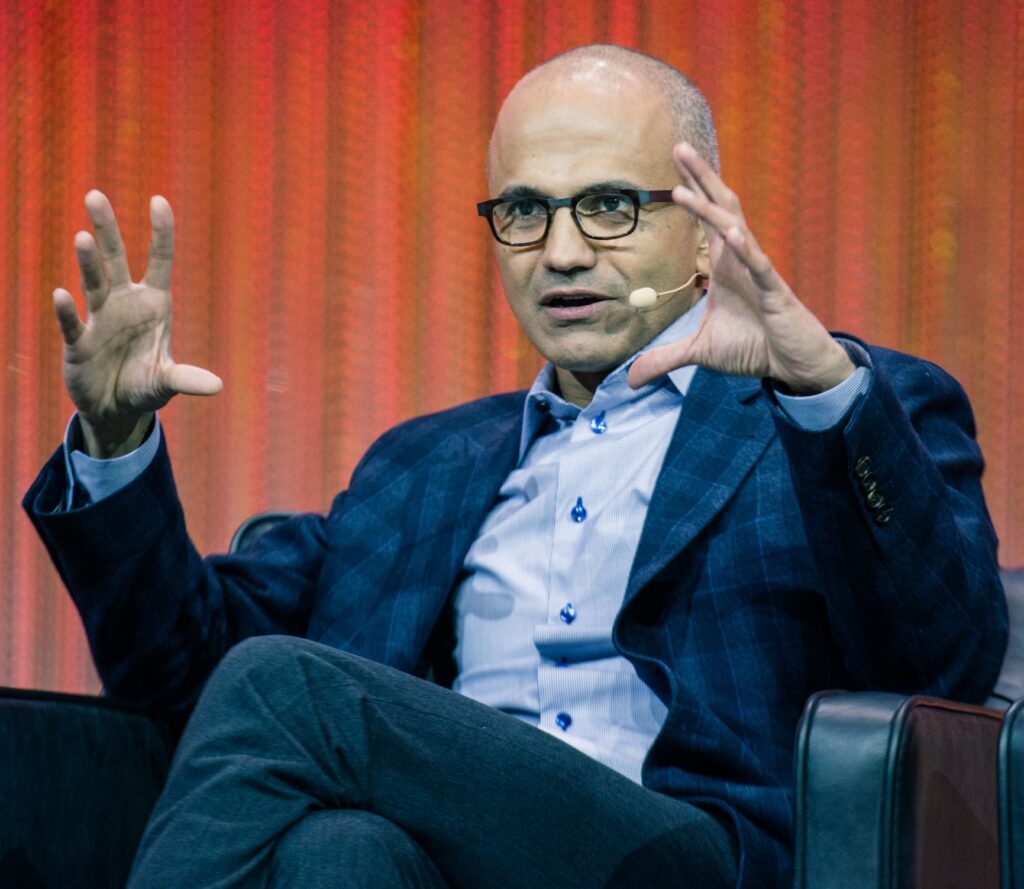
9. **The Cloud Revolution: Azure Takes Center Stage**: Microsoft’s strategic pivot towards cloud computing emerged as a transformative initiative, laying the groundwork for much of its subsequent growth. The company formally entered this nascent market with the launch of the Azure Services Platform on October 27, 2008. This move was a proactive response to the evolving technological landscape, recognizing the immense potential of delivering computing services over the internet rather than relying solely on desktop software.
Under Satya Nadella’s leadership, which commenced in 2014, the focus on cloud computing intensified dramatically. Azure became a central pillar of Microsoft’s strategy, shifting the company’s emphasis from a Windows-centric world to a cloud-first approach. This pivot allowed Microsoft to diversify its revenue streams and offer scalable, on-demand services to businesses and developers globally, solidifying its position in enterprise technology.
Azure’s capabilities expanded rapidly, encompassing a wide array of services. In 2018, Microsoft partnered with 17 American intelligence agencies for “Azure Government,” a cloud computing product with ties to surveillance programs. That same year, Toyota Tsusho partnered with Microsoft to create fish farming tools leveraging Azure Machine Learning and Azure IoT Hub, demonstrating the platform’s versatility across industries. Microsoft also introduced Azure Multi-Factor Authentication in November 2018, enhancing security for its cloud offerings. More recently, in June 2023, Azure Quantum Elements was released, integrating AI, high-performance computing, and quantum computing for molecular simulations, alongside a GPT-4-based Copilot to assist researchers, underscoring its aggressive innovation in high-tech fields.
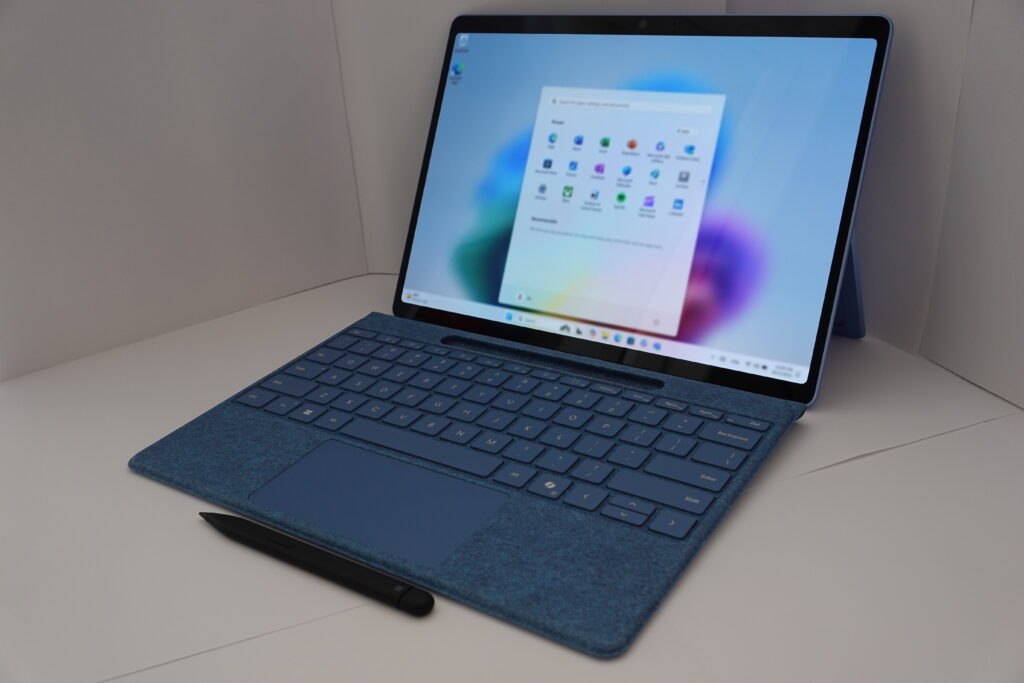
10. **Navigating the Mobile Era: Windows OS Challenges**: While successful in desktop computing, Microsoft faced considerable challenges in adapting its flagship Windows operating system for the burgeoning mobile market. Following the release of Windows XP, the company launched Windows Vista in January 2007, which focused on new features, enhanced security, and a redesigned user interface called Aero. This was followed by Windows 7 in October 2009, which sought to refine Vista with improved ease-of-use features and performance enhancements, rather than a radical overhaul.
However, as the smartphone industry exploded in the late 2000s, Microsoft struggled to keep pace with rivals such as Apple and Google’s Android. Its aging Windows Mobile platform fell significantly behind. In response, Microsoft revamped its mobile strategy in 2010, introducing the new Windows Phone OS. This new operating system adopted a minimalist “Metro” design language, aiming for a consistent user experience across devices and forging an alliance with Nokia in 2011 to co-develop the platform, while maintaining partnerships with OEMs like HTC.
The struggle continued with the release of Windows 8 in October 2012, an operating system designed for both personal computers and tablet devices, featuring a dramatically different user interface. This was followed by Windows Phone 8, launched just days later. Despite these efforts, Microsoft’s mobile phone business encountered significant setbacks, leading to a $7.6 billion loss and layoffs of 7,800 employees in 2015. The company’s share of the U.S. smartphone market remained low, and by February 2018, Microsoft ceased notification support for its Windows Phone devices, effectively ending firmware updates for the discontinued line. In a notable shift, Windows 10 S was recalled in March 2018, becoming a mode within Windows rather than a separate OS. The trajectory culminated in the surprising announcement of Windows 11 in June 2021, despite previous statements that Windows 10 would be the final version, demonstrating continuous evolution in its core OS offerings.

11. **Satya Nadella’s Transformative Leadership**: On February 4, 2014, a new chapter began for Microsoft as Satya Nadella, previously head of the Cloud and Enterprise division, succeeded Steve Ballmer as CEO. This leadership transition marked a profound shift in Microsoft’s strategic direction, with Nadella immediately focusing the company towards cloud computing and fostering a culture of openness and innovation. Bill Gates, while stepping down as chairman, remained a technology advisor, signaling continuity amidst radical change.
Nadella’s tenure has been characterized by a willingness to embrace new technologies and open-source initiatives, a notable departure from previous stances. In November 2016, Microsoft joined the Linux Foundation as a Platinum member, an almost unthinkable move just a decade prior when a former CEO had famously called Linux a “cancer.” This newfound embrace extended to projects like Azure Sphere, its own derivative of the Linux operating system, and the open-sourcing of Project Mu (UEFI core) and key Windows desktop application frameworks like Windows Forms and Windows Presentation Foundation.
Under Nadella, Microsoft pursued a series of strategic acquisitions that significantly expanded its market presence and technological capabilities. These included LinkedIn for $26.2 billion in 2016, Mojang (Minecraft) for $2.5 billion in 2014, and the monumental $68.7 billion acquisition of Activision Blizzard in 2023, solidifying its gaming division. This aggressive M&A strategy, combined with a relentless focus on cloud services and artificial intelligence, drove Microsoft’s market capitalization to over a trillion dollars by April 2019, becoming the third U.S. public company to reach this milestone, and subsequently the most valued publicly traded company in January 2024. Despite these successes, Nadella’s era also saw challenging decisions, such as the layoff of 10,000 employees in January 2023, reflecting a dynamic response to evolving economic landscapes. His leadership has undeniably revitalized Microsoft, transforming it into a leader in cloud and AI.

12. **Strategic Acquisitions and Market Expansion**: Microsoft’s growth strategy has often involved significant corporate acquisitions, serving to expand its market presence and integrate new technologies. Even before Nadella’s tenure, Steve Ballmer oversaw the then-largest acquisition in Microsoft’s history with Skype Technologies in 2011, a move that bolstered its internet communications capabilities. This was followed by the formation of Microsoft Mobile through the acquisition of Nokia’s mobile unit for $7 billion in 2013, aiming to strengthen its position in the mobile phone market, although this venture ultimately faced challenges.
Under Satya Nadella, the pace and scale of acquisitions accelerated, fundamentally reshaping Microsoft’s portfolio. In 2014, the company acquired Mojang, the creators of Minecraft, for $2.5 billion, signaling a deeper commitment to the gaming industry. The 2016 acquisition of LinkedIn for $26.2 billion was particularly significant, marking a major expansion into professional networking and cloud-based business services, aligning with Nadella’s enterprise focus. Other notable acquisitions included Hexadite, an Israeli security firm, for $100 million in 2017, enhancing Microsoft’s cybersecurity offerings.
Further expanding its cloud and enterprise solutions, Microsoft acquired Yammer for $1.2 billion in 2012 (under Ballmer), and later GitHub for $7.5 billion in 2018, a crucial move to engage with the developer community and embrace open-source platforms. The company’s push into specialized software continued with Affirmed Networks for $1.35 billion in 2020 and Nuance Communications for $16 billion in 2021-2022, strengthening its position in telecommunications infrastructure and healthcare AI respectively. In the education and productivity space, Microsoft acquired Takelessons, Clipchamp, and Ally.io in 2021, integrating these into its growing suite of services. The ultimate testament to this strategy was the acquisition of Activision Blizzard for $68.7 billion in 2023, a landmark deal that solidified Microsoft’s gaming division and positioned it for the evolving metaverse. Most recently, in March 2024, Microsoft made an acquihire of nearly the entirety of Inflection AI’s 70-person workforce, establishing Microsoft AI and licensing Inflection’s technology for $650 million, further demonstrating a rapid, strategic expansion into the competitive artificial intelligence landscape.
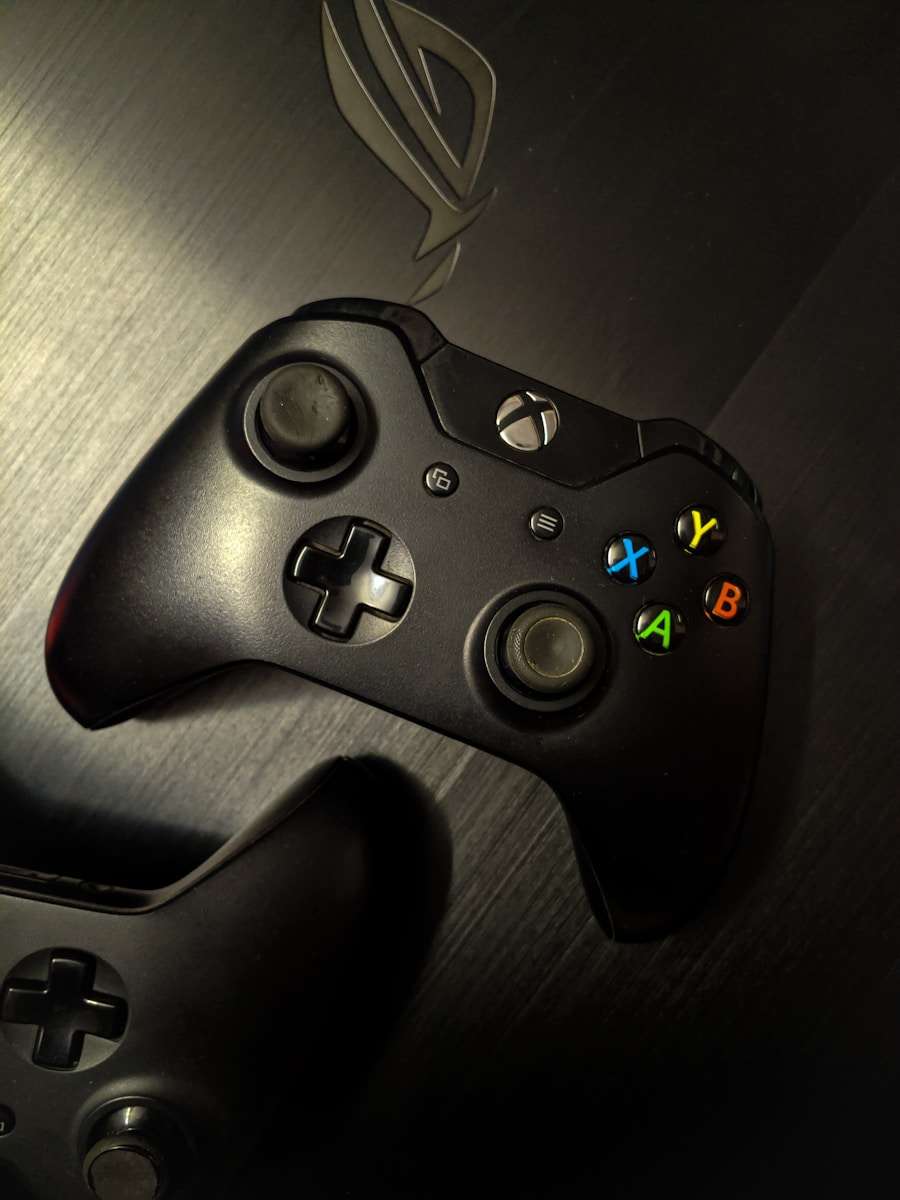
13. **The Gaming Colossus: Xbox’s Enduring Journey**: Microsoft’s foray into the video game console market with the Xbox in 2001 represented a significant diversification strategy, challenging established players Sony and Nintendo. The original Xbox, known for its graphical power and a 733 MHz Intel Pentium III processor, laid the groundwork for a formidable gaming division. This initial venture, though ambitious, signaled Microsoft’s commitment to entertainment and consumer electronics.
The success of the first console was swiftly followed by the release of the Xbox 360 in November 2005, which built upon its predecessor’s foundation and further cemented Microsoft’s presence in living rooms worldwide. The Xbox brand continued its evolution with the launch of the Xbox One in 2013, accompanied by an upgraded Kinect motion-sensing input device that boasted enhanced capabilities like a 1080p camera and infrared sensor, demonstrating continued innovation in interactive gaming experiences.
A major strategic realignment occurred in March 2016 when Microsoft merged its PC and Xbox divisions, with Phil Spencer announcing that Universal Windows Platform (UWP) apps would be central to the company’s future gaming strategy. This move aimed to create a more unified ecosystem for games across Windows devices. The gaming division saw further dramatic growth with the release of the Xbox Series X and Xbox Series S consoles in November 2020, offering next-generation performance. The ambition reached its zenith with the acquisition of ZeniMax Media (parent company of Bethesda Softworks) for $7.5 billion in 2021, and the colossal $68.7 billion acquisition of Activision Blizzard in 2023. These acquisitions brought iconic franchises like Warcraft, Call of Duty, and Candy Crush Saga under the Microsoft umbrella, establishing the Microsoft Gaming division with Phil Spencer as its inaugural CEO, marking a clear declaration of intent to be a dominant force in interactive entertainment and the metaverse.
14. **Pioneering Artificial Intelligence and Future Horizons**: Microsoft has aggressively positioned itself at the forefront of artificial intelligence research and development, viewing AI as a critical component of its future growth. Early integrations of AI were seen in projects like the Toyota Tsusho partnership in 2018, which utilized Azure Machine Learning and Azure IoT Hub for advanced fish farming tools, demonstrating practical applications of AI in diverse sectors.
A groundbreaking moment in Microsoft’s AI journey was its exclusive licensing agreement with OpenAI for the GPT-3 artificial intelligence language generator in September 2020. This partnership deepened with a new multi-year, multi-billion dollar investment deal in January 2023, solidifying Microsoft’s access to cutting-edge generative AI models. The company swiftly integrated these capabilities, releasing Azure Quantum Elements in June 2023, which combines AI, high-performance computing, and quantum computing for molecular simulations, alongside a GPT-4 based Copilot to assist researchers in complex tasks.
Microsoft’s commitment to AI extends to hardware, with the announcement in November 2023 of two custom-designed computing chips: the Maia chip, specifically engineered to run large language models, and the Cobalt CPU, designed to power general cloud services on Azure. These in-house hardware innovations are crucial for optimizing AI performance and efficiency within its cloud infrastructure. The company further underscored its strategic focus on AI in March 2024 by establishing Microsoft AI, an acquihire of nearly the entire Inflection AI workforce, including cofounders Mustafa Suleyman and Karen Simonyan.
Recent developments in 2024 include the launch of Copilot Pro, an AI subscription offering for small businesses, making advanced AI tools more accessible. Microsoft also demonstrated its global commitment to AI infrastructure with a $1.5 billion investment in the Emirati AI firm G42 and plans for a $1.7 billion investment in Indonesia to develop AI and cloud infrastructure, alongside a significant $3.3 billion investment to build an AI hub in southeast Wisconsin. These investments reflect Microsoft’s vision of integrating AI across its product ecosystem and expanding its global footprint in this transformative technology.
From its humble beginnings as a software developer, Microsoft has navigated decades of technological evolution, embracing bold shifts and strategic reinvention. Its journey from desktop dominance to a leader in cloud computing, gaming, and cutting-edge artificial intelligence stands as a testament to its enduring capacity for innovation and adaptation. As the digital landscape continues to evolve at an unprecedented pace, Microsoft’s aggressive investments in AI and its expansive global infrastructure position it not merely as a participant, but as a driving force shaping the future of technology, continuing to build upon a legacy of profound impact on the modern world.

